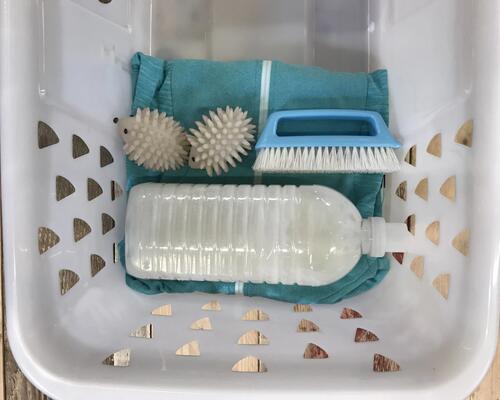How can i prevent holes from appearing in my garment?
Let’s be honest, your merino wool product can get caught in a branch, but those are the risks of getting out into the countryside. Wool is a little more delicate than synthetic textiles or cotton, but its advantages are such that we quickly forget this. This is also why we have developed products that are reinforced by adding a polyamide fibre which covers the wool.
But overall, when we think of wool, we think... moths! Damaging your clothes on the trails is one of the risks of trekking, but it's always frustrating to bring out your things to find holes, when they had been properly folded away in a closet.
Prevention
To prevent moths, you can use:
- cedar wood balls
-dried lavender
Their scents mask that of wool from female moths looking for a place to lay their eggs. Because, you guessed it, it is the larvae of the moths that eat into your clothes!
What can you do if your woollen clothes have fallen victim to moths?
You have to act quickly to get rid of the remaining larvae, then you can move on to the next section of this advice: how to repair the snags in my merino clothes (that's well thought out!).
Here are some tips for getting rid of moths:
- Take all your clothes out of the closets and vacuum everything! And I mean, everywhere: what about the grooves in the doors or any cracks? There may be larvae and eggs hidden in there.
- Lay out all your clothes in the sun and the fresh air.
- Wash all the clothing. You can vacuum it (now that the vacuum cleaner is out) before putting it in the machine.
- Once washed, put it all way, ideally in airtight containers or in your closet, with some cedar wood and dried lavender.
And of course, if there are some holes, it's time to learn how to darn the wool (or give your clothes to an experienced seamstress).








